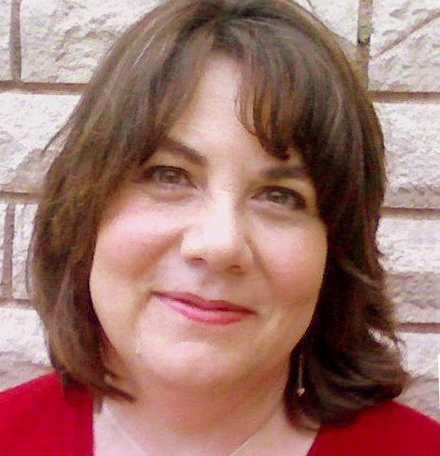Avoiding Miscommunication through Intercultural Competency

MIDDLEBURY, Vt. – A professor of sociolinguistics from the Middlebury Institute of International Studies at Monterey showed how miscommunication occurs across cultures, why it happens, and ways to avoid it on April 25 at Middlebury’s Rohatyn Center for Global Affairs.
Lynn Goldstein, who chairs the TESOL and TFL degree programs at the Institute, used clips from movies and television to illustrate that cultural competency goes well beyond having proficiency in another language. It requires individuals to have knowledge about modes of dress and use of personal space, and to consider how people interact (e.g., bowing, shaking hands), how relationships are defined and communicated, and how other forms of communication (such as tone of voice and body language) come into play.
A wide range of codes exist within each culture, Goldstein explained, and the individual who seeks cultural competency needs to know “the when, where, by whom, to whom, and for what purpose” in order to employ the codes effectively when interacting with others.
Goldstein drew her audience of approximately 50 students and faculty into the discussion by conducting her presentation like a workshop. She asked everyone to think of a time when miscommunication occurred, turn to the person sitting next to them, and discuss how phonology, lexicology, ways of thinking, and/or non-verbal cues may have contributed to the problem.
Later in her presentation Goldstein showed a clip from the 2003 film “Japanese Story” in which the actress Toni Collette meets a Japanese businessman (played by Gotaro Tsunashima) for the first time. In less than a minute Collette commits numerous cultural faux pas from arriving late to assuming that Tsunashima doesn’t speak English to botching the Japanese custom of meishi, or the exchange of business cards.
“Developing intercultural competency is no easy task,” Goldstein said. “It goes way beyond cultural knowledge. It goes way beyond linguistic knowledge. There are many ways to get around having linguistic competency if people are willing to interact in ways that are ethical and supportive” of one another.
Had the character portrayed by Collette done a modicum of homework about Japanese culture, her initial encounter with Tsunashima would have been far less awkward, the guest speaker said. Having knowledge about how to dress, how close to stand, how to greet a stranger, and how genders are defined in other cultures all contribute to effective intercultural communication.

A lively conversation ensued in the conference room of the Robert A. Jones ’59 House when Goldstein asked the audience to describe, interpret, and evaluate a photograph showing three baby carriages positioned on a walkway outside a building on a winter’s day. While it was easy to imagine that parents were being neglectful leaving their infants unattended and outside in the cold, the guest speaker explained that the photo was from Iceland where such behavior is customary.
It is tempting to look at the photo and be critical of others, Goldstein explained, but there are “some really different cultural practices taking place here. It shows the frame shifting we have to do to understand different peoples and their practices.”
When two cultures interact, “serious complications can come from not asking questions, from making assumptions, and working only from your own frame of reference. Cultural competence is this notion of friendship, good will, and the willingness to try and view the world through somebody else’s eyes.” It also tends to be “a lifelong pursuit for most people,” she concluded.
Goldstein’s talk entitled “Understanding ‘Mis’ and ‘Problematic’ Communication in Intercultural Interactions” was sponsored by Middlebury’s Linguistics Program, Anderson Freeman Center, Center for the Comparative Study of Race and Ethnicity, One Middlebury Fund, and Rohatyn Center for Global Affairs.
– With reporting by Robert Keren

